Phonics Parents Guide
Phonics is a method of teaching children to read. Phonics works by breaking words down into it's individual sounds. There are 44 different sounds in the English language. Learning to read with phonics is therefore a bit like learning a code, after learning just a few sounds, you will be able to use this code to read 100's of words. The more sounds you know, the more words you will be able to work out how to read.
Not all words are phonetically decode-able however, a select few words you need to learn through the 'sight words' method of learning to read. Sight words is when you learn to read by memorising 1,000's of words individually. Although, it could be argued that this is not the most efficient way to learn to read. An example of this is that someone who has learnt to read through the sight words method might have memorised and be able to read the word 'boat', but may struggle if asked to read the word 'oat'. This would be an easy task for someone who had learnt to read with phonics who was able to use their decoding skills to break each word down into it's individual letter sounds.
If you would like to find out more about phonics and learn about what segmenting and blending is, or learn how to become a phonics wizz and discover the difference between a grapheme, digraph or split digraph then check out our parent guide below, or download the free pdf!

Contents
- What is phonics?
- The phonics codebreaker
- Why is phonics the best method for teaching my child to read?
- How is phonics taught in schools?
- Why is reading and learning to read so important?
- 5 tips to help your child fall in love with reading
- How can ReadwithPhonics.com help my child with their reading?
- What is the Phonics Screening Check? (England)
What is phonics?
Let's start at the beginning...
Each one of the 26 letters in the alphabet has its own ‘sound'. This is very different to how a letter is ‘said' in the alphabet. For example:
‘a' in ‘arrow’

‘b' in ‘bat’.
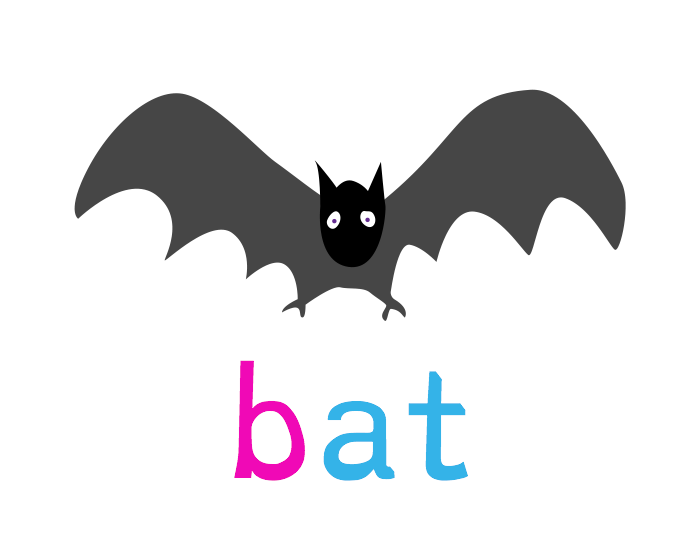
Of course phonics is not that simple! There are more than 26 sounds in English language, in fact there are 44 sounds in total. Some of these sounds are made up of 2 or 3 letters. 2 letter sounds are called digraphs and three letter sounds are called trigraphs.
digraph

trigraph

It gets a bit more complicated than that too!
For example the 'n' sound, like in 'nail' is also spelt ‘kn' like in ‘knot’ or ‘gn' like in ‘gnome’.
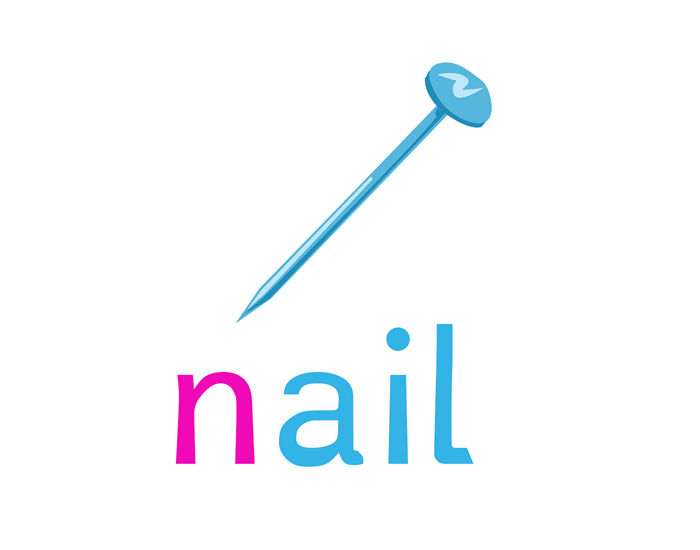
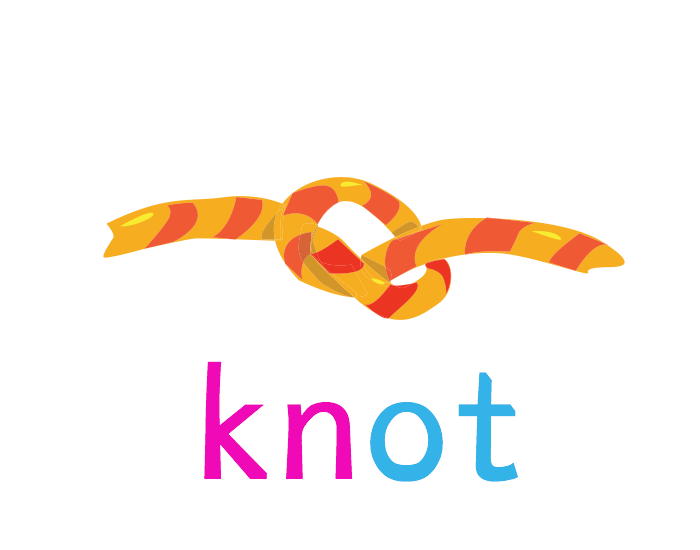
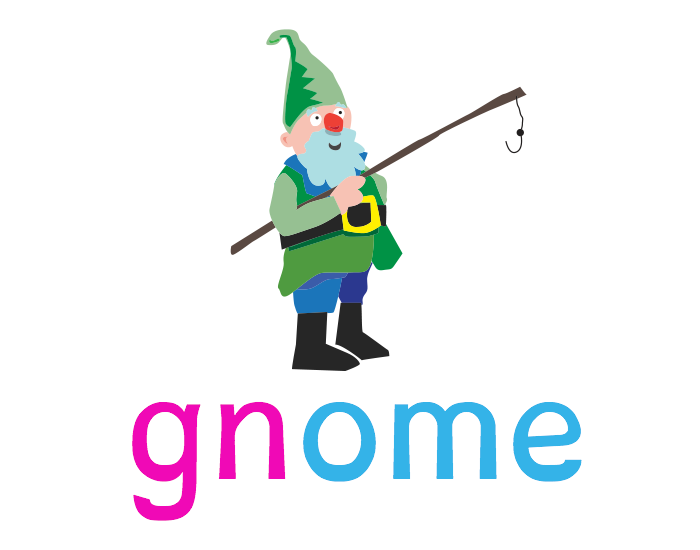
Still with us?! Good!
The sound that children struggle to spot the most when breaking down words into its individual sounds is the 'split digraph'. Like a normal digraph, this is when two letters work together to make one sound, however with a split digraph, they are separated and have a letter in the middle.
Fortunately ‘split digraphs' always end with an ‘e' which does make them a little easier to spot!
Examples of split digraphs include:

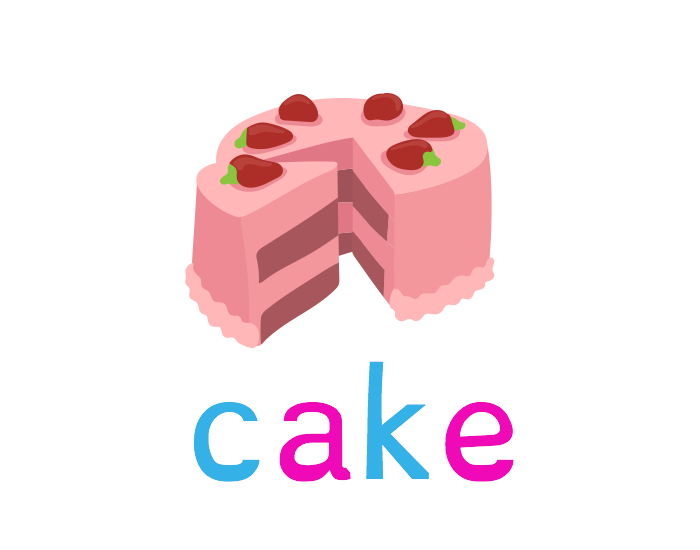
So that's it! We appreciate there has been a few new words thrown at you there that you may have never heard of, so below is a little phonics codebreaker to help us out before we go any further!
The phonics codebreaker
Phoneme - a sound as it is said
Grapheme - a sound that is written
Digraph- two letters that work together to make the same sound
Trigraph - Three letters that work together to make the same sound
Split digraph - Two letters that work together to make the same sound, separated by another letter
Why is phonics the best method for teaching my child to read?
Phonics makes learning to read easier, simpler and crucially gets children reading quicker. This helps to increase a child's confidence and instil a love of reading from an early age. Rather than memorising 1,000's of words individually, children are instead taught a phonics ‘code’.

This code helps children work out how to read 95% of the English language.
If you didn't learn to read using phonics it can seem very complicated, but once the concept of words being made up of just 44 sounds is understood, children are able to make remarkably quick progress in their reading.
How is phonics taught in schools?
Children start to learn to read as soon as they start school at the age of 5. Many children start before however.
The first lesson in phonics is teaching children to recognise and differentiate between different sounds. This typically starts by asking children to listen to sounds that you can hear, such as the sounds that animals make, or sounds you hear when you go outside.
As schooling progresses children are then taught simple, single letter sounds from the alphabet, before moving on to learning about digraphs, trigraphs and split digraphs.
Phonics is often used in listening and writing lessons as well as reading lessons. Often for example, children in schools are taught and encouraged to spell phonetically before they spell correctly, as this shows an understanding of how words are made up of sounds, and that different letters make certain sounds.
To make learning fun, schools and teachers will often teach sounds through multi sensory activities such as singing or dancing or by playing games, both physical and online. All children learn differently so it is vital that teachers make learning as varied as possible.
Practising sounds as they are taught in school when at home is one of the biggest ways children improve their reading. From my experience, children who are read to at home, or read at home themselves, even for just a few minutes a week, make really noticeable improvements compared to those who do not.
Why is reading and learning to read so important?
Reading is one of the first things that children learn when they start school. It is the foundation of all education. When children can read, other subjects then become available to them and independent learning can begin. Those who are unable to read well will find themselves at a constant disadvantage throughout their education.
Reading doesn't only have educational benefits but social ones as well. Reading with your child can be one of the most exciting, memorable and special times for you as a parent. It is not everyday you can help teach your child a skill they will use every single day for the rest of their lives!

Learning to read also helps to instil confidence, independence and self belief that will massively help your child's all round development.
5 tips to help your child fall in love with reading
- Choose books that your child is genuinely interested in.
This may sound obvious, but asking a child to read about robots if they love trains isn't going to have the same impact!
- Pick a quiet and appropriate time to read
Creating a relaxed environment can really help to ease the pressure some children face when asked to practice their reading.
- Talk about the story
It is important to make reading more than just about 'practicing reading'. Remember that books are stories! Talk about what is happening in the story 'what do you think this book is going to be about?' 'What do you think will happen next?' are great questions to engage your child in the storybook.
- Identify tricky words first before you start reading
Once you start to read regularly you will learn the words that they will find tricky depending on their level. Reading the trickier words together before you start reading will give your child confidence when they see that word during the story.
- Give them time to decipher the words
Giving your child time to decipher the words and not rushing them will increase their confidence. It is important for children to learn the process of how to read words. That is how phonics works. Ask them to take their time, sound it out and blend it back together.
*Be patient here! It is not uncommon for children to correctly read a word and then 30 seconds later be unable to read it. Go through the process from the beginning, sound it out, blend it together. In time they will recognise high frequency words and will not need to go through that process any more.

Don’t forget to give them positive praise for their effort!
How can ReadwithPhonics.com help my child with their reading?
- We make learning to read fun!
By turning lessons into games children learn without even realising.
- A complete resource
Our resource is used by over 10,000 teachers around the world to help their students learn to read. ReadwithPhonics.com starts with simple sounds and continues through to teaching the different spelling combinations. ReadwithPhonics.com is unique and unrivalled in it’s way of doing this. No other resource can help take your child from a non reader to being able to read words, sentences and books, from start to finish!
- Children are in control of their own learning
With ReadwithPhonics.com children have their own game, their own score and their own level. This allows them to learn at their own pace and in their own time.
- Traditionally students are scored out of 100%
Traditional students are marked out of 100%. At Read with Phonics we believe this creates a negative mindset as children always see how far off the perfect score they are. At ReadwithPhonics.com children are rewarded points for every correct answer. Points add up which enables them to increase their level. Like this, children are always working to try and find the correct answer, instead of worrying about getting the answer wrong.
- Made by a teacher for teachers, parents and students
ReadwithPhonics.com was created by primary school teacher Sophie Cooper after her first hand experience in the classroom. The website is designed to help teachers make their lessons more efficient, to make learning more fun for children and to help inform parents on how their child is being taught in schools, to give them a great resource to use at home. We also want to help give parents by giving them tips and hints for reading at home with their children.
What is the Phonics Screening Check? (England)
The Phonics screening check is a compulsory assessment that all children in Year 1 in England must take. It is used to assess a students phonic decoding skills. To pass a student must correctly read around 32/40 words correctly. The 40 words in the check are split into sections progressing from simple word structures to trickier words with five or six letters.

The often confusing thing about the screening check is that 20/40 of the words that children are expected to read are ‘nonsense words’, alien words that have no meaning. This is so that the check tests a child’s ability to phonetically decode words and to ensure they don't just know the word in the check already. The aim of the check isn’t to test how many words a child can read, but to ensure children have the phonics skills they need to learn new words in the future.
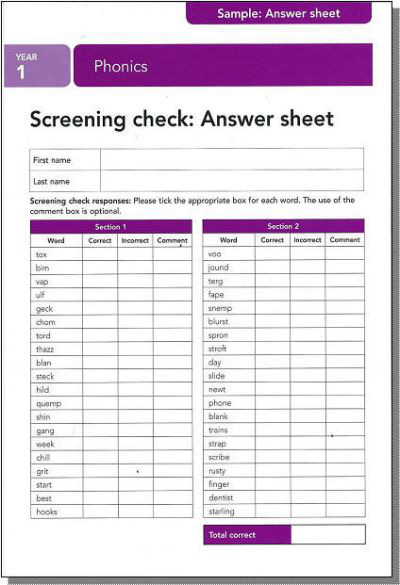
The check is administered by your child’s teacher during the designated phonics screening week. The words are the same all across the country. Schools are sent the screening check through the post in a sealed box and teachers are not allowed to open the test until the start of that week. Your child will be scored against a national average which has been 32/40 since 2012. The mark will be told to schools at the end of June and can be released to parents if requested. Individual children’s results will not be published.
Perhaps the most important thing to take away from all this is to not stress out, and certainly don’t let your child feel anxious about the check in anyway. If your child can read, this check is easy.
I hope you found this phonics guide helpful, please feel free to share this page with fellow teacher/parent friends who may find our website useful.
Sophie

